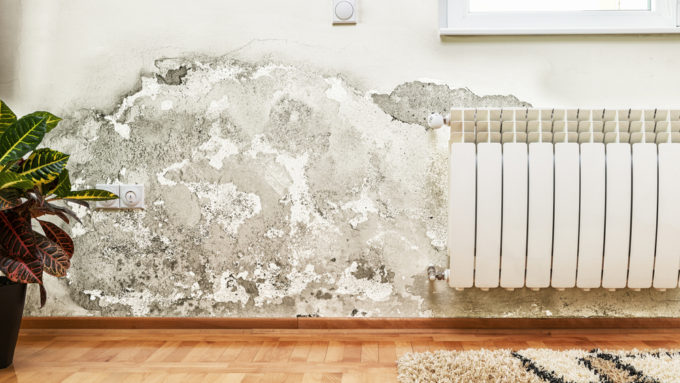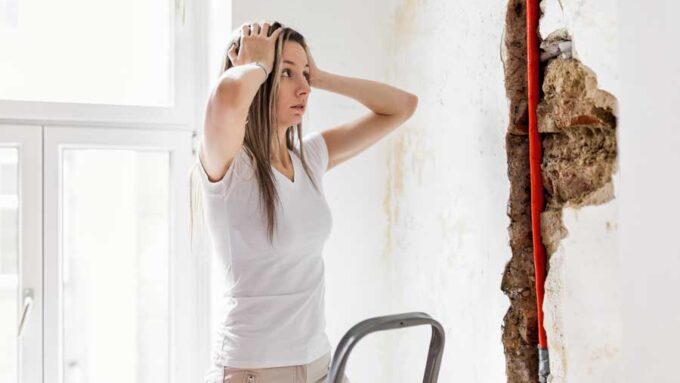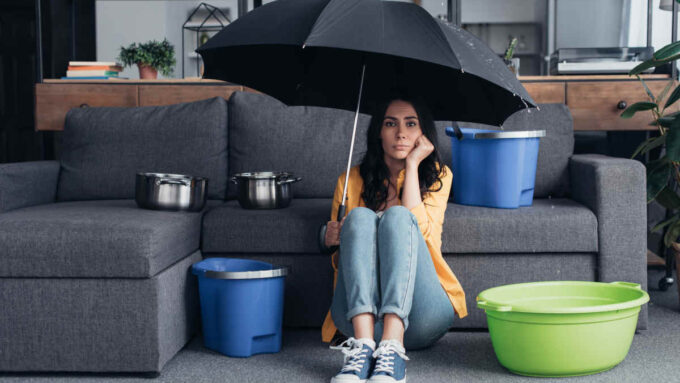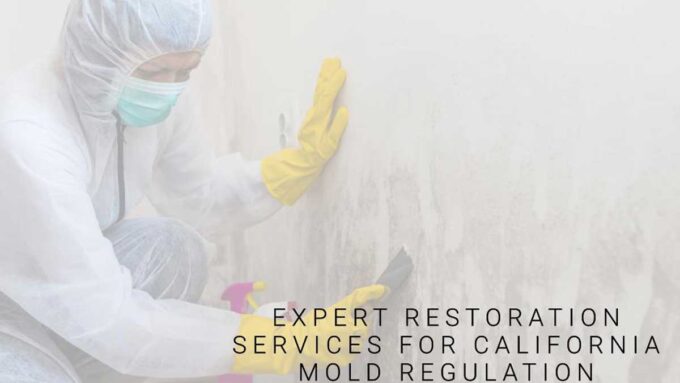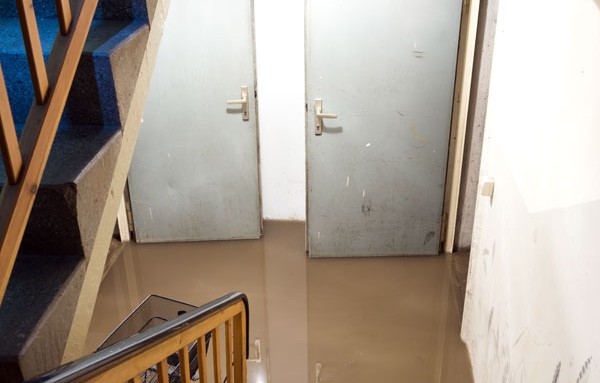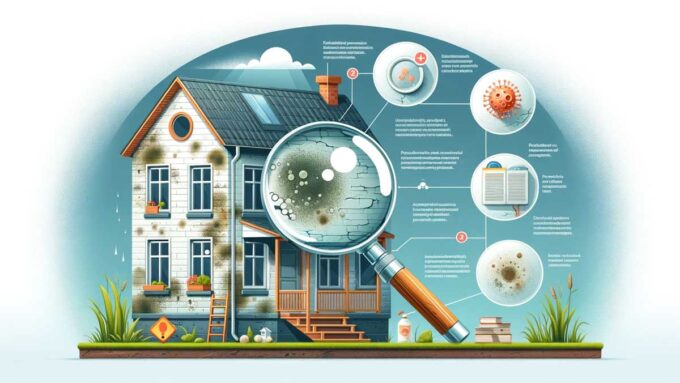We’ve all heard or read the horror stories about molds and their tendency to be toxic, or poisonous. Let’s start by clearing up a widely accepted inaccuracy regarding this fungus. While it’s true that exposure to some molds can be harmful, most of them are not truly toxic. The threat of negative health effects depends on the type of mold and the health of the person that is exposed. The many different species of mold (over 100,000) are commonly categorized as one of three types:
- Allergenic – not likely to cause illness
- Pathogenic – can cause problems for people with immunologic disorders
- Toxigenic – toxic to all humans and animals
There is a multitude of contradictory and confusing information about molds, but it is important to remember that all molds should be handled with caution.
Which molds are dangerous?
Chemical byproducts of such metabolic processes as converting food to energy or cellular respiration can cause a toxic response in humans and animals. These byproducts are known as mycotoxins, and some of the molds that produce them fall into the toxigenic category. Hence, the term “toxic mold”. Still, it should not be assumed that any mold is toxic without examination by someone who is trained to recognize them. Molds can be green, gray, or black and look like fuzzy spots, but it is not possible to know whether or not they are harmful just by looking at them without a microscope. They can reproduce in any type of moisture, and they do so by creating microscopic spores. These spores, which can spread through the air, water, or by landing on animals, is then released, creating potential hazards.
What are the dangers of exposure?
Toxigenic mold spores can begin digesting whatever carrier they grow on in order to survive. Surfaces like wood, paper, carpet, and foods are only some examples of where they can grow and be transferred. If you or someone in your home handles the affected objects, the risk of experiencing symptoms that could lead to serious illness is increased. Allergy or asthma symptoms can be triggered by these microorganisms, but toxigenic spores can also cause more serious neurologic, immunologic, and respiratory damage. If you notice that you or your family members are experiencing difficulty breathing or other questionable symptoms after exposure to mold, it’s best to seek medical help to rule out any serious conditions. You should also contact a mold remediation professional to inspect your home for potential affected areas.
Final thoughts
The mold species known as toxigenic molds can produce mycotoxins that have the potential to create serious health issues for those who are exposed to them. Allergenic and pathogenic molds are less noxious than toxigenic, but they should still be treated as if they might be a hazard for your family. Restoration Certified Specialists can inspect your home, locate any mold that might be present, and remove the hazard for you. If you suspect your home in Santa Rosa, CA has a mold problem, call us today to discuss our mold remediation services.

